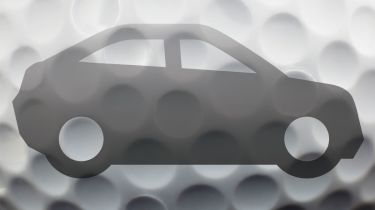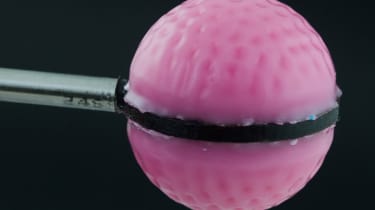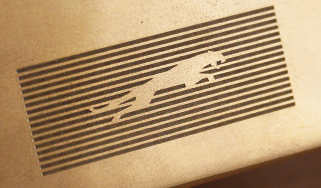Will future cars be dimpled like golf balls?
The aerodynamic miracle that is the golf ball could give a fuel economy boost to cars of the future

Shape-shifting golf ball-inspired material could be the answer to improving car efficiency and bringing down drag, according to US scientists.
Aerodynamic experts at the Massachusetts Institute of Technology (MiT) have developed a surface that can morph from smooth to dimpled at the touch of a button.
• Six ways F1 is helping design your next car
The scientists said applying it to various panels on a car would minimise drag at different speeds and increase fuel efficiency.
The principle is nothing new, with golf balls having used a dimpled face to travel further since the 19th century, while the footballs in the 2014 World Cup also feature a textured surface.
Dimpled surface reduces air turbulence
A dimpled surface works by holding the airflow closer for longer, reducing the turbulent air behind the ball – the primary cause of drag on blunt objects.
So why hasn’t it already been used by the car industry? Because while it may suit urban driving at lower speeds, at higher speeds – such as on motorways or dual carriageways – the efficiency advantages are reversed.
• Jaguar Land Rover reveals future tech and engines
That’s why this latest smart morphable surface – or ‘smorph’ – is such a major breakthrough and could reap many real-world mpg benefits, according to the scientists at MiT.

The material features a stiff outer skin covering a soft interior. When the pressure of the inside is lowered, the outer skin shrinks, creating a dimpled surface. This is the same principle that sees smooth plums transformed into wrinkled prunes.
Pedro Reis, an assistant professor of mechanical engineering and civil and environmental engineering at MiT, said: “That reversibility is why it’s interesting; you can switch the drag-reducing effect on and off, and tune it.”
Now check out our round-up of the most economical cars you can buy now.


